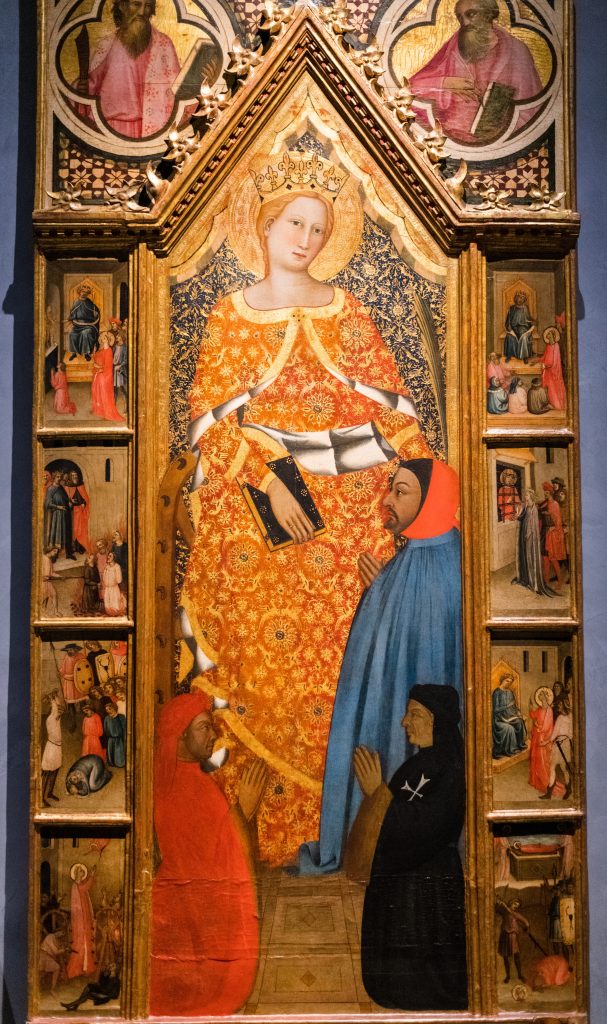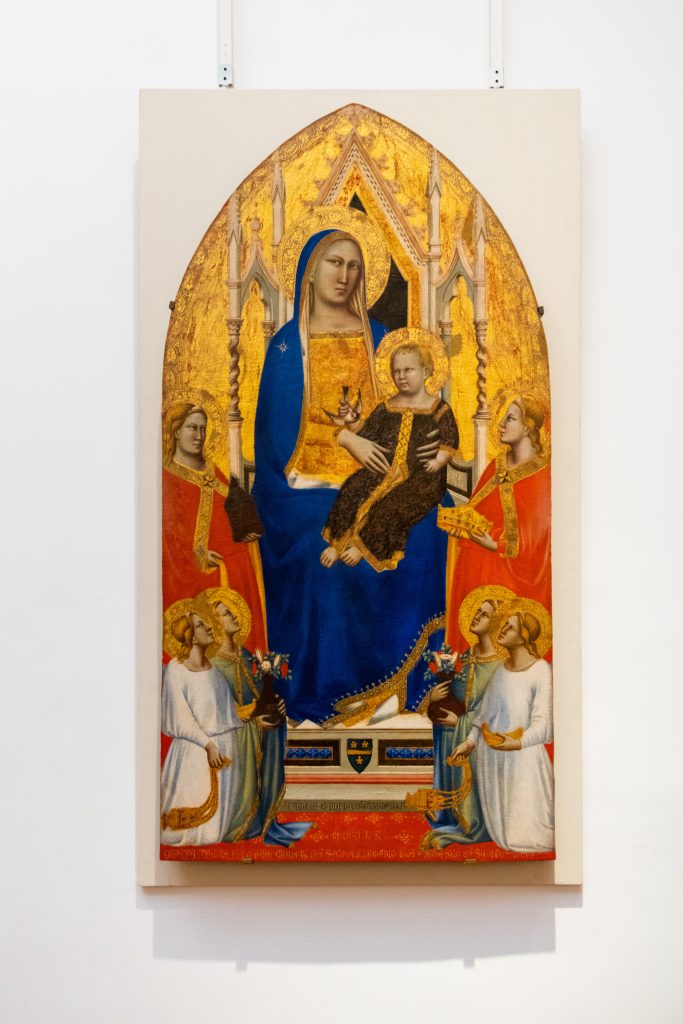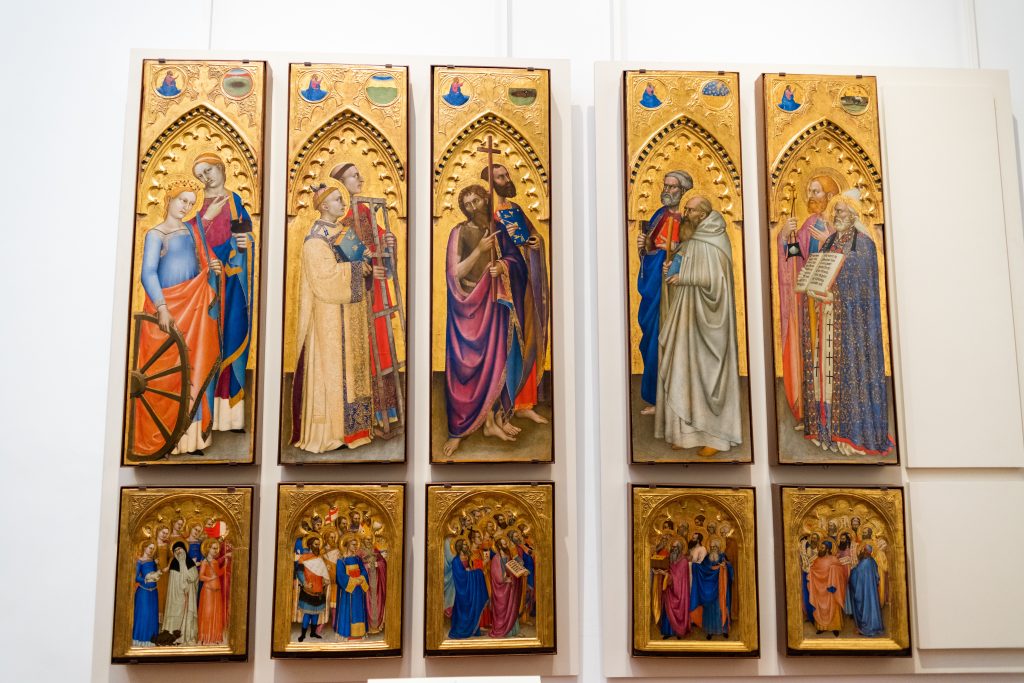Catherine of Alexandria
Virgin Martyr of the 4th Century
Catherine of Alexandria lived during the late third through early fourth centuries. She was one of the most popular and revered saints of the medieval Church. Today, she is remembered and celebrated by Catholic, Orthodox, Lutheran, and Anglican churches worldwide. These church calendars list her “birth date” (the last day of life, reborn into eternity) as November 24. Hers is a story of a woman empowered by God to use her voice in the public square where women were not permitted to speak, let alone debate and teach.



Hagiography – What we know of Catherine of Alexandria comes from a variety of extant manuscripts. A few Greek martyrologies from the 8th and 9th centuries, originating likely near Mt. Sinai, provide the story as it evolved through the oral traditions of the early church. While there may have been earlier written texts, none remain. Her story takes place in Alexandria, during the reign of Emperor Maxentius (306-312). Born into nobility, the daughter of a deceased king, Catherine became a Christian and rejected wealth and marriage. She was highly educated, knowledgeable in philosophy, fluent in many languages. She confronted the emperor who had ordered all people to come to Alexandria to make sacrifices to pagan gods. Emperor Maxentius forced her to compete in a public debate against his team of 50 of the top philosophers. Her eloquent and persuasive speech converted all of the philosophers to Christianity. The emperor ordered all these learned men to be executed, making them all martyrs. He ordered Catherine to be tortured. Imprisoned, malnourished, Catherine was then placed on a torture device made of spiked wheels, which miraculously broke by God’s intervention. In a more merciful death, Catherine dies by sword. According to legend, milk, not blood, flowed from her wound and her remains were carried to Mt. Sinai by angels.
Modern scholars doubt the existence of Catherine of Alexandria. Perhaps her story is an amalgam of several women in history. Or possibly she was a real person but due to male-dominated and -directed historiography, the truth of her existence was lost. The significance of her life is found in the reality that the medieval Church believed she existed. Generations throughout a millennium were compelled by her story: a woman who courageously confronted an emperor with the truth of Christianity. In a show of gender subversion, Catherine used her intellect, language, and voice to debate and defeat male rhetoricians and philosophers. By placing her faith in God, she modeled the renunciation of marriage, worldly power, and wealth. She is remembered as a virgin martyr who joined the great cloud of witnesses, inspiring Christians to courageously speak and teach about faith in God, by the power of the Spirit, to all people.
Resources:
- Cult of Saints in Late Antiquity (Oxford) http://csla.history.ox.ac.uk/record.php?recid=S00765
- Constantinou, Stavroula. “The Authoritative Voice of St. Catherine of Alexandria.” Acta Byzantina Fennica 2 (2003): 18–38.
- Walsh, Christine. The Cult of St Katherine of Alexandria in Early Medieval Europe. London: Routledge, 2017.
